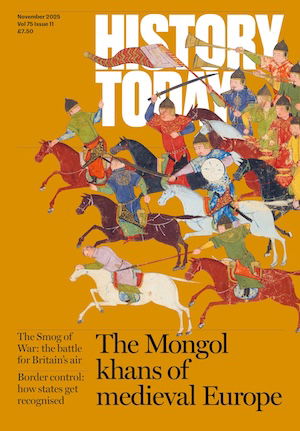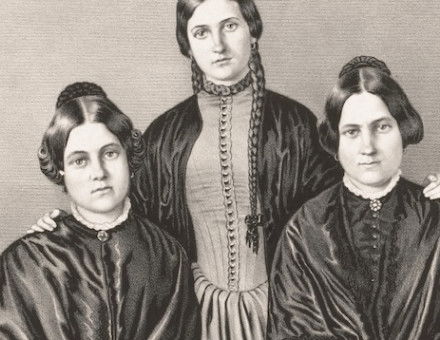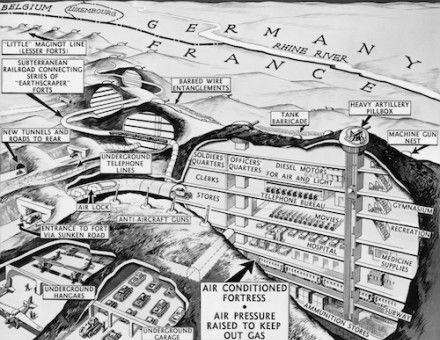Witchcraft: The Spell that Didn't Break
Owen Davies argues that a widespread belief in witchcraft persisted through 19th-century Britain, despite the scepticism engendered by the Enlightenment.
The advent of industrialisation and the rise of the so-called 'Enlightenment' during the eighteenth century has often been portrayed as a watershed in British cultural life. Advances in the field of science and medicine are presumed to have rapidly dispelled 'superstitious' beliefs, as the spread of rational knowledge gradually trickled down to the masses. The dark days of the witch-trials were left behind and the people were freed from the everyday fear of the witch. However, historians are starting to realise that the history of witchcraft does not end with the execution of the last witch or the legal denial of their existence.
The Witchcraft Act of 1736 repealed the English Statutes against witchcraft of 1563 and 1604, and also the Scottish Statute of 1563 (the Irish statute of 1587 remained fossilized in legislation until its belated repeal in 1821). From thenceforth the law dictated that





